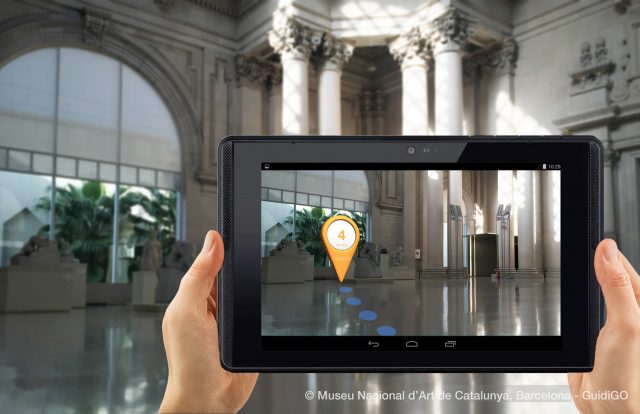Google’s AR Tango is about to revolutionize the way art is curated and perceived in a critical environment. GuidiGo’s latest app allows visitors of the Detroit Museum to learn about art auto-didactically, at their own pace, as they browse through the venue’s expo.
GPS-based, Tango’s sophisticated design registers the coordinates and whereabouts of art cognoscenti within a given gallery, and as they scan it with the camera, it enables them to learn more about it by providing relevant info.
The app features real-time restoration that displays how the piece had changed historically. The users can scroll back and forth, moving through the piece’s past and present asynchronously. Likewise, there’s an X-ray-like feature that gives users the ability to glance into the work’s hidden content – useful for conspiracy aficionados who like the creepy stories behind artworks and for culture lovers whose morbid curiosity is rekindled by stuff like mummified antiques inside Assyrian sarcophagi.
With its modern sensors and top-notch 3D display, Tango makes the experience of learning about art modern and self-individuated. No longer do viewers have to pay close attention to the exhibition’s guide or dwell upon instructive videos and documentaries.
Currently, using the app requires a Lenovo Phab 2 Pro, which can be loaned from the museum. In the future, if this initiative takes off, it’s likely to be added to the Google Play Store and to feature a wider variety of museums; it may become the Google Maps of the artworld. The app makers also plan on boosting interactivity and digital engrossment by feeding the database with extra information and adding educational elements like quizzes and games.












